Apple variety Uralskoe bulk
Uralskoe nalivnoe is an autumn apple variety bred at the Chelyabinsk fruit and vegetable selection station (the current South Ural Research Institute of Fruit and Potato Growing) as a result of hybridization of two famous apple trees - Folding and Ranetka is red. The author of the variety is an outstanding Chelyabinsk breeder - Professor Zhavoronkov Pavel Alexandrovich. The Ural bulk was accepted for the State test in 1949, and 10 years later the variety was already zoned in the regions of the Volgo-Vyatka, Ural, West Siberian, East Siberian and Far Eastern regions. Thanks to its excellent adaptation in harsh climatic conditions and rather abundant fruiting, Uralskoe bulk remains to this day the leading variety in the South Urals, North-West Russia, the Far East, as well as in the Republic of Kazakhstan.
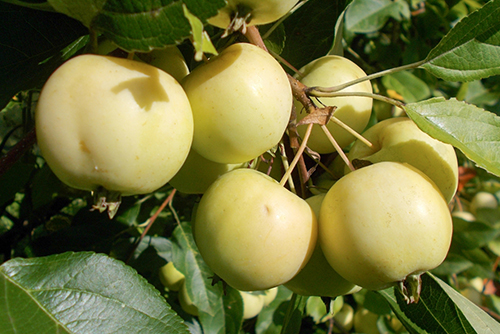
It is generally accepted that this apple tree belongs to semi-crops. Trees have an average vigor, when grafted together with other varieties on the same rootstock, Ural'skoe bulk always outstrips or suppresses other grafts. Also, in the spring, the trees of this apple tree, among other semi-cultivated varieties, are among the first to start growing and open their leaves. The crown is dense (in old trees it often looks too thick) and has a rounded drooping shape. The formation of a "weeping" crown is facilitated by thin and elastic branches, abundantly strewn with fruits. The bark on the trunk and skeletal branches is light, greenish-gray. The variety is characterized by branching off at right angles to the trunk. In the conditions of the nursery, already in the first year, on the seedlings of the ranetka, almost all lateral buds branch out. When copulation is used, the stalk blooms in the same spring. Fruiting occurs on twigs, last year's growths and pods.
Shoots are not thick, greenish-brown in color. The leaves are elongated, light green in color, without pubescence, with small-town edges.
The flowers are medium-sized, pinkish, chalky-shaped, with a column of pistils of medium length, without pubescence. The stigma of the pistils is at the same level with the anthers.
The fruits of this variety are similar in appearance and taste to the fruits of Papirovka. Apples are smaller than average in size: on young trees they grow no more than 50-60 grams in weight, on older and older apple trees the fruits are even smaller, weighing 35-40 grams. The apples are one-dimensional, round in shape, with a characteristic long peduncle (like in ranetki), a non-falling calyx, and weak ribbing. The skin of the fruit is smooth, with a glossy sheen; small subcutaneous points can be seen on the surface. The main color of unripe apples is greenish-yellow, ripe fruits are yellow; on the sunny side, a light, delicate pale pink blush is often formed.
The taste of Ural bulk apples is closer to sweet, with a slight sourness, quite pleasant. The pulp is yellowish, juicy, tender, of medium density, with a characteristic aroma. In terms of chemical composition, the fruits contain: sugars (10.6%), soluble solids (13.7%), ascorbic acid (8.7 mg / 100 g), titratable acids (0.6%).
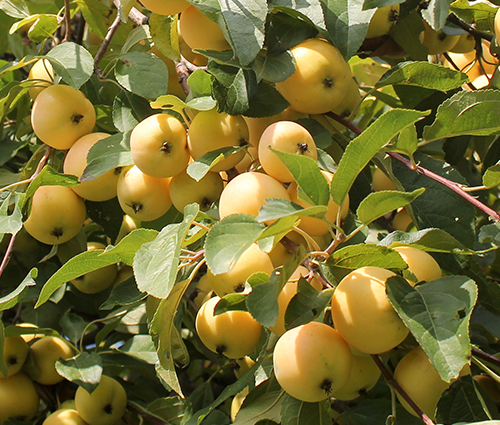
Usually the fruits ripen closer to mid-September, but it is still customary to distinguish three periods of ripeness, depending on the type of consumption. In the first period, apples are harvested for the purpose of processing into juices and compotes, when the pulp is firm, but very juicy. The fruits harvested in the second period are intended for direct fresh consumption. Apples reach their maximum taste by this time, and the pulp becomes much softer. The third period, the latest, falls at the beginning - mid-October - the fruits are intended for processing into jam, jams and preserves. Despite the fact that the apples are already overripe and have a loose flesh, they do not crumble, but continue to firmly hold onto the tree.
Fresh fruits are stored for up to 1.5 - 2 months.Ripe apples are covered with an oily, sticky bloom, which is why in dry, windy weather they often become "dirty" (dust, sand, small debris can adhere). But this can be easily remedied by rinsing the fruit under water before consuming it.
Early fruiting is characteristic of the Ural bulk, usually in the 2nd year after grafting. Moreover, the trees bear fruit steadily every year, rather quickly increasing the volume of the crop. By the 3rd year, due to the high productivity of the variety, branch breaks are possible. Average yields for many years are 200 c / ha. The maximum yield from one apple tree can reach 200 - 250 kg.
The apple tree has an amazingly high winter hardiness and regenerative capacity. In the very cold winter of 1978-1979, with a recorded absolute minimum of -57 ° C, the trees froze only to a small extent, after which they quickly recovered, in comparison with Antonovka and Borovinka.
Scab resistance of this variety is average. Despite the unpretentiousness in care, it is still recommended to periodically prune the crown and pay attention to the molding of the apple trees as a whole.
The main advantages of the Uralskoye Nalivnoe variety are: a high level of ecological adaptability, high yield, early and stable fruiting, the suitability of apples for fresh consumption and various processing.
The main disadvantages are small fruit and possible branch breaks. In addition, do not forget that an abundance of harvest sometimes adversely affects the quality of apples (for example, in the years of epiphytoties) and the health of the apple trees themselves.
This apple tree is actively used in breeding work as a mother form when breeding high-yield varieties with high winter hardiness, mainly in a natural undersized and standard form. The new varieties obtained from crossing with the Ural bulk include: Autumn stunted, Amateur, Detskoe. The last mentioned variety was bred by MA Mazunin. (a student of Zhavoronkov P. A) when crossed with Welsey; the fruits grow in the same bunches as the Ural liquor, but larger (up to 90 grams), with a bright red blush, the apples are very sweet and juicy to taste.

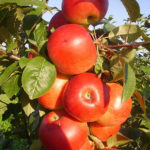
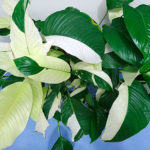
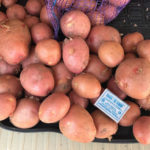

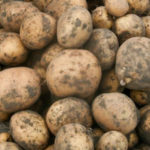



It has been growing near Krasnoyarsk for 10 years. Harvests strictly in a year - A year is abundant (the fruits are small, the branches are falling), the next year not a single apple.Ie. now thick, now empty - whatever is good. In addition, with a plentiful harvest, they are small and scabby. We need to watch the food, sometimes they are still bitter, or they are already tormented ... We eat a little of them, but the juices are excellent.
ONCE, when it blooms, peel off half of the flowers.
Yes, there is nothing else to do ... The most tasteless apples of mine. We keep it so that it does not freeze.
He lived in the west of Kazakhstan. These apples were one of the most delicious fruits from the garden. Then he moved to Rostov-on-Don. And I have never seen this apple tree here in the south. I am very glad that this variety of apples grows and bears fruit in the Kuban as well.
The apple tree of this variety grows in the garden, shielded from the winds from all sides. Maybe that's why I never froze, and this is more than 20 years already. It bears fruit almost every year and is very abundant, maybe because it stands in the apiary ... There were no apples, well, maybe only a couple of times. Apples hang on the tree for a very long time, removed from the tree are stored for no more than 2 months. An interesting feature is the oily skin and garbage sticks to it, and leaves to the carrion ...
In the fourth year after planting in the conditions of Nizhnevartovsk, five fruits set on the apple tree. The winter was extremely frosty - in January there was a frost of -53 degrees Celsius for three days. There is no visible damage on the apple tree!
The most delicious juice is from the Ural liquor.
In the garden of her parents, in Chelyabinsk, she grew up for almost 40 years. The harvests are annual. The apples are juicy, sweet, delicious. It broke down this year due to strong winds. It's a pity to tears!
At the dacha in Ust-Kamenogorsk, such a beauty grew, it bore fruit regularly, there were a lot of apples, not very large - the size of an ordinary ranetka, sometimes a little more, but very sweet, we started to taste them green with bitterness as children. And juices and preserves and sauerkraut with such apples are wonderful. It turned out that there is also in Novosibirsk, which is incredibly happy.
Five years ago, they planted the Ural filling station. In the fourth year - it bloomed, there were no fruits. On the fifth - it bloomed, fruits in the form of a red ranetka. What to do now? Will there be those yellow apples?
I'm afraid you bought something else. My family is from western Kazakhstan, there in the country there grew 2 Uralskiy liquid trees. Each year, they bore fruit only when there are fewer apples, when there are a lot. But they are exactly yellow. In the sun, a really very delicate blush appears on apples. Now we live in Penza, I can't find this variety anywhere. And in the store I somehow bought a pear of the Lada (summer) variety. So it was impossible to bite the pears from her back in September. And the color is green (. I concluded that in specialized stores they also do not sell what is indicated on the label ((((
I ordered the Ural bulk seedlings from the Chelyabinsk nursery Sady Russia. A tree has grown and fertile in the same way as in Kazakhstan, where we came from.
Our apple tree has been growing for 6 years. In the second year, she gave several apples. The next year, 160 pieces were already assembled. Then - over 200. Last year the harvest was, but very small. Now we are waiting for what will happen this year. We live in the North and the weather often does not spoil us. And this apple tree is not only reliable, but also delicious. Children collect apples and carry bags to school, treating everyone.